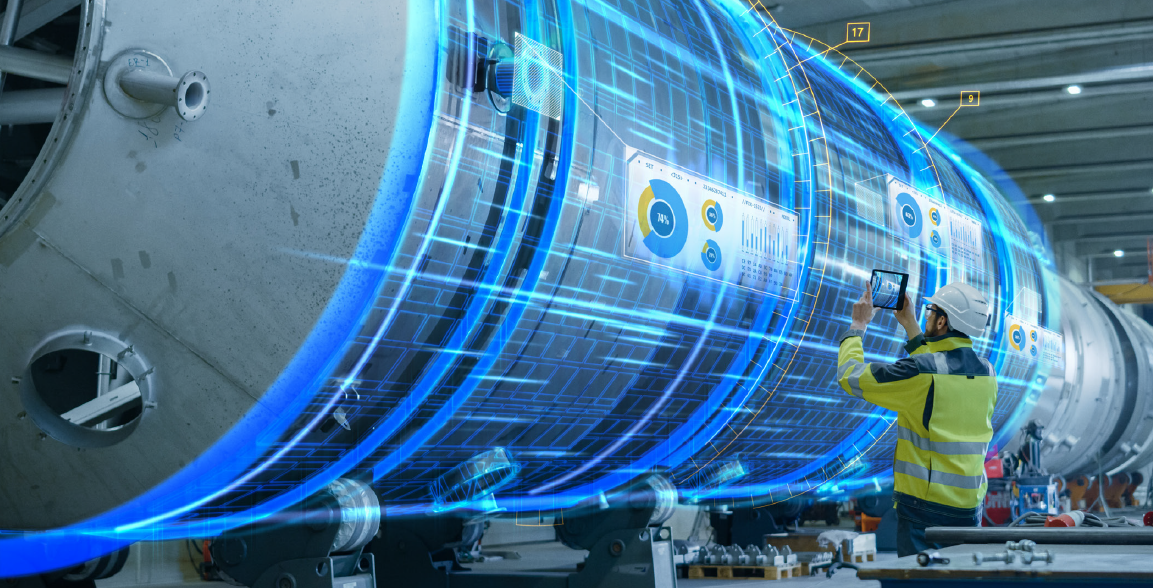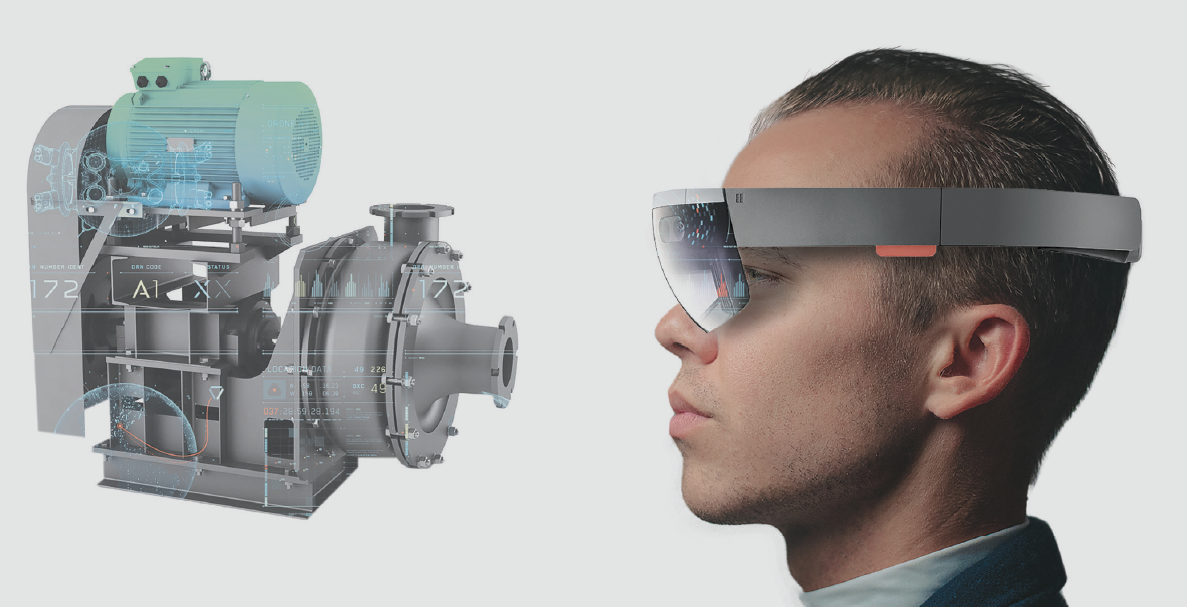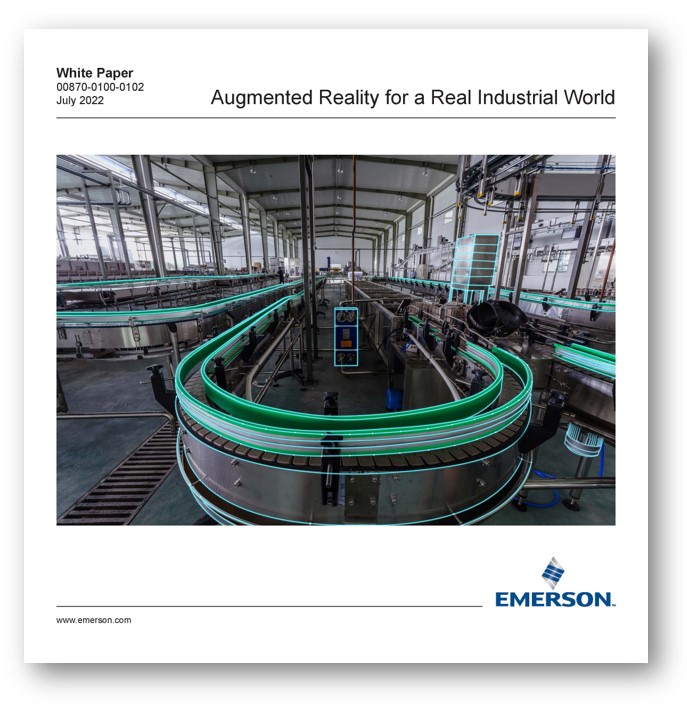(Second in a series)
 Augmented reality is a practical, real-world application that can solve serious problems on the plant floor today, saving a ton of money and creating high ROI. This is a fact that we started exploring in this recent blog, “Reduce the Skills Gap and Increase Productivity Now with Augmented Reality.” To quote that blog, augmented reality (AR) is suitable for both the manufacturing and process industries, allowing operators to use technology integrated with standard IIoT, SCADA/HMI, and plant analytics tools to perform actions needed within various production stages.
Augmented reality is a practical, real-world application that can solve serious problems on the plant floor today, saving a ton of money and creating high ROI. This is a fact that we started exploring in this recent blog, “Reduce the Skills Gap and Increase Productivity Now with Augmented Reality.” To quote that blog, augmented reality (AR) is suitable for both the manufacturing and process industries, allowing operators to use technology integrated with standard IIoT, SCADA/HMI, and plant analytics tools to perform actions needed within various production stages.
Emerson is one of the first companies to offer AR solutions for SCADA/HMI, providing operators and plant floor/field workers with immediate access to a wealth of data by means of mobile and wearable AR devices. AR is integrated into the Emerson Movicon.NExT™ SCADA/HMI platform, which translates to easier, less costly implementation and a faster return on investment.

Movicon.NExT is a modular software solution, centered on a .NET framework that fully operates on both Linux and Windows including protocol drivers. Movicon.NExT uses the OPC UA data transfer specification as the backbone for communication between client applications and industrial data. In order to effectively design a project architecture that is compatible with AR, Emerson has developed applications that can communicate with the Movicon.NExT supervisor server, display content, and interact with the system via the AR device. For example, a mobile application is available, which can be run on the AR device’s local CPU and, when connected to the Movicon.NExT supervisor, can display screens compatible with the device. The system can be configured to enable the user to create custom information which can be manipulated using voice commands and gestures. Customization and interactions can be integrated in a specific application project, either autonomously or with support from Emerson.
Emerson has also designed an application for the Windows 10 HoloLens, capable of running projects created locally using the Movicon.NExT platform. HMI projects for HoloLens can be created to connect individual tags over the network across devices or between supervisory systems, using both Wi-Fi connectivity and IIoT protocols such as MQTT. Thanks to its ability to seamlessly display content to operators while they are out in the plant, HoloLens can bring considerable efficiency to plant personnel.
The Movicon.NExT solution manages data display technology using a client module and provides all functionality expected of a modern high-performance HMI. Graphics rendering is based on WPF (Windows Presentation Foundation), which uses XAML-based vector graphics. This results in graphics of excellent quality, irrespective of the screen resolution, and allows ‘pinch and zoom’ functions, widely adopted by modern multitouch systems. Extensive symbols and object libraries support new graphics capabilities and allow animated tables to be created that take advantage of the functions provided by modern automation technology. The capability of 3D graphics, along with the ability to animate the drawings based on live production or process data make it possible to create modern high-performance HMI systems, especially when used with new holographic devices. Finally, graphic functions comprehensively support process alerts and historical data analysis, providing functions such as trends, graphs, data analysis, as well as a powerful report designer. People are literally taking the production displays with them as they move through the facility.
Today’s industrial challenges have catapulted augmented reality from an excellent addition to an industrial plant’s operating technologies to a necessity. Few technological enhancements can provide more benefit at less cost in a short time. And, of course, the potential for AR to simplify, speed and enhance operations and maintenance in a plant is just the beginning. The integration of AR into SCADA/HMI platforms and the subsequent availability of actionable information via mobile, wearable and mixed reality devices offers the potential for new levels of efficiency and output. Having the opportunity to instantly access HMI while working in the industrial plant gives operators greater situational awareness, enables them to intervene promptly when and where the process demands it, and helps them perform tasks faster and make better decisions. Augmented reality HMI has the potential to revolutionize how operators manage processes, optimize productivity and reduce downtimes making it possible to do more with less every day.
Download and read the full white paper on which this blog is based here.

